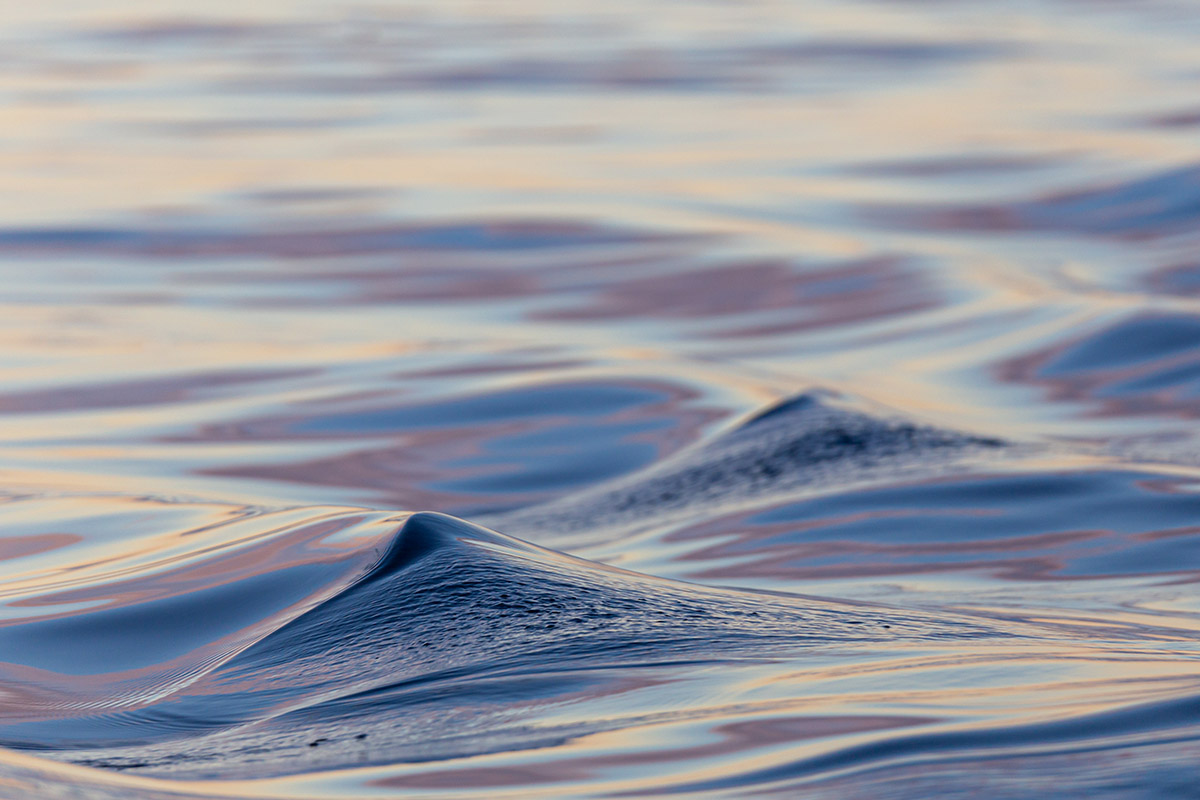Creating Art Out of the Everyday
Lauri Novak uses her Tamron 100-400mm VC telephoto zoom to focus on the details.
Share the article:
More Photo Tips | Video Gallery | Photo Gallery | Enewsletter sign-up
By Jenn Gidman
Images by Lauri Novak
“Everybody has a phone, everyone is a photographer these days—so how do you make yourself stand out?” That’s a question Lauri Novak asks herself before she heads out with her camera, whether in or around her native Chicago, or around the world during her travels. The answer Lauri has come up with for herself, at least when it comes to her fine-art work: Focus on everyday scenes, and look for the elements within those scenes that most people might not notice.
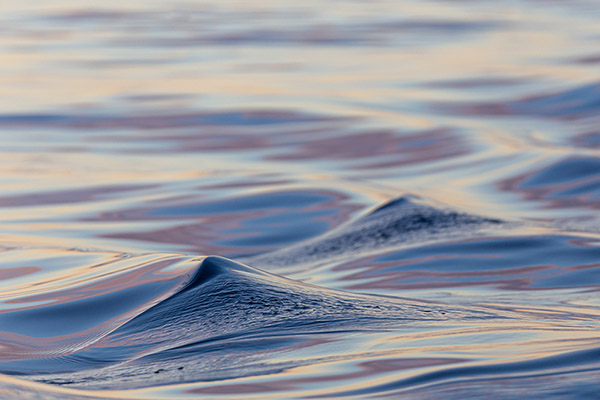
100-400mm (325mm), F/6.3, 1/320 sec., ISO 200
Click image to view larger
Whether she’s shooting the architectural images she’s known for or concentrating on fine-art close-ups, Lauri taps into the Tamron 100-400mm Di VC USD ultra-telephoto zoom lens. “This lens allows me to focus on the details,” she says. “I travel quite a bit and often find myself in the middle of crowds, especially at the car shows I visit—it’s ideal to be able to zoom in and eliminate all the distractions around me. This lens gives me all the range and flexibility I need. And because I shoot mostly handheld, the Vibration Compensation (VC) feature ensures clear, sharp images every time.”
LAURI’S QUICK TIPS
• Keep an eye out for shapes and patterns.
I’ll head out to photograph ice, for instance, because I know I’m going to find all kinds of cool shapes and intricate patterns that are never the same. It’s just a matter of fiddling around with the composition until I’m able to create something intriguing in my frame. Other times I’m not specifically seeking out repeating patterns, but the patterns find me, like with the green stadium seating you see here at Munich’s Olympic Park. Scan the overall scene in front of you, but then turn your attention to the details.

100-400mm (400mm), F/14, 1/25 sec., ISO 100
Click image to view larger
• Add a little mystery.
I do this a lot with water surfaces, like the reflection shown here in the Chicago River. It might not look like much when you’re staring at it in person, but it makes for a compelling photo. The viewer might think: Am I looking through a glass? What’s going on here? Then their mind starts to piece everything together, and they’ll realize those are the reflections of buildings along the water’s edge.
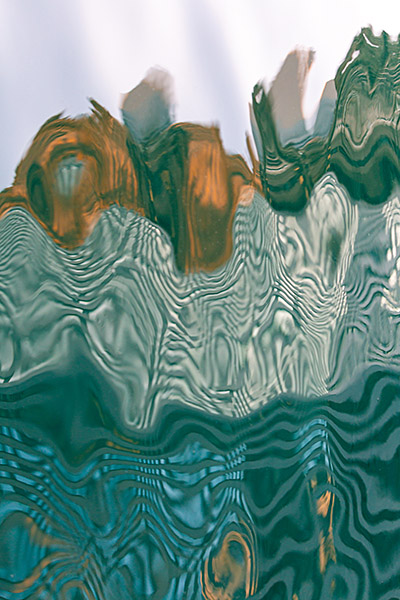
100-400mm (325mm), F/6.3, 1/125 sec., ISO 200
Click image to view larger
• Play around with f-stops and depth-of-field.
If I consider the f-stop I shoot at the most, it would probably be F/5.6, because it so beautifully isolates my subject. I shot slightly higher, at F/9, for the car hood ornament shown here, but that was still enough to offer me the separation I wanted. Or the black-and-white leaf photo: I wanted a shallower depth-of-field here so that the eye was drawn to light on the edge of the leaf.

100-400mm (325mm), F/9, 1/200 sec., ISO 100
Click image to view larger
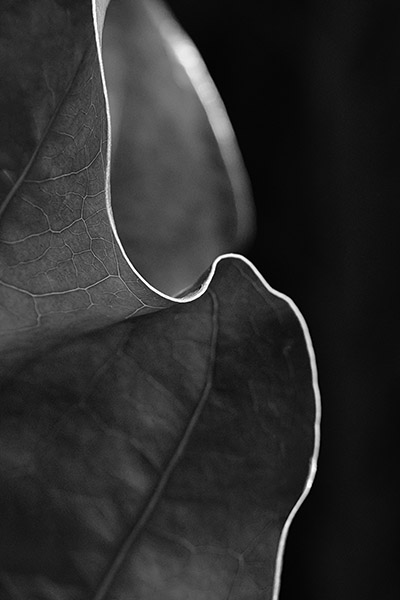
100-400mm (400mm), F/10, 1/400 sec., ISO 3200
Click image to view larger
Photos like the black-and-white stairs and the stadium chairs, however, are when I’ll go higher—say, F/14 or F/16, because I don’t necessarily want just one portion of the frame isolated. With the stairs photo, for instance, I could’ve shot more wide open and made the image just about the shadows and the lines, but I wanted to include the stairs in focus as well.
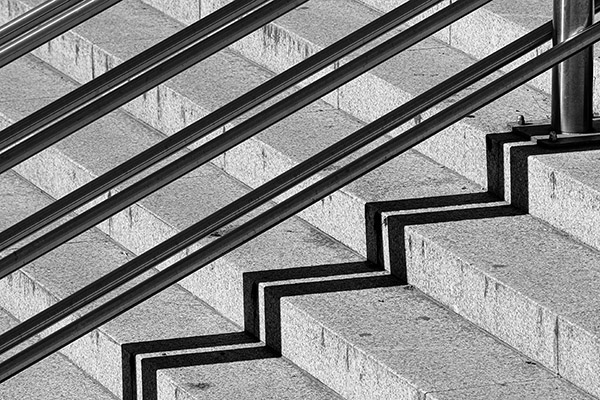
100-400mm (247mm), F/16, 1/125 sec., ISO 100
Click image to view larger
• Take a multiple-exposure shot.
The light the day I took the photo of the leaves here was not that great, and the fall colors were not very inspiring. So I decided to push my creativity a bit as I focused on the leaves hanging on a tree branch and do some in-camera multiple exposures. My camera does up to nine. Being able to zoom in with the 100-400 allows me to capture more of the subject’s details as well.
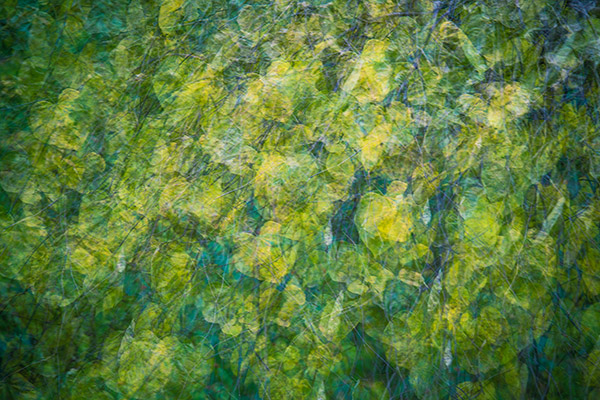
100-400mm (312mm), F/10, 1/13 sec., ISO 100
Click image to view larger
• Convert to black and white.
If there’s a lot of contrast in the image, like in the icy stream image, I’ll turn the photo into a black and white. This type of conversion also allows me to eliminate certain distractions. In the case of this photo, there were a bunch of leaves underneath the surface, but now you can barely see them here. Meanwhile, the black-and-white effect tends to emphasize certain parts of the ice, like the sections that look feathered.
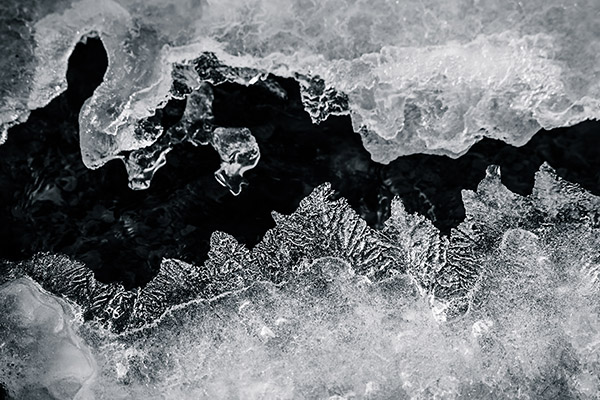
100-400mm (111mm), F/5.6, 1/160 sec., ISO 100
Click image to view larger
To see more of Lauri Novak’s work, check out her website and Instagram.
More Photo Tips | Watch Videos | Learn More About Tamron Lenses | Photo Gallery
